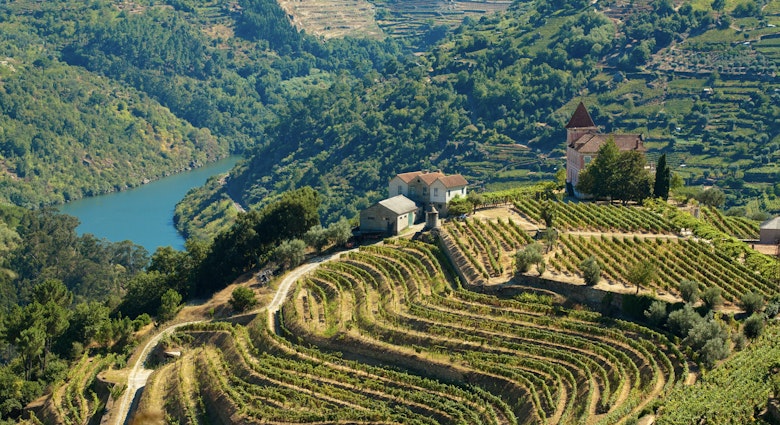
Yet another potential tourist fee - this time for Seville

Feb 28, 2024 тЂ 3 min read

Plaza de EspaУБa is one of Spain's most recognizable landmarks ТЉ Getty Images
Plaza de EspaУБa is one of the most-visited attractions in Spain. Situated in Seville, the nation's fourth-largest city, the plaza's striking blend of Renaissance and Moorish architectural styles has made it a recognizable landmark, even appearing in films like "Star Wars" and "Lawrence of Arabia."
Seville has plenty of architectural marvels worth shouting about, including the cathedral, the Real AlcУЁzar, and the winding alleys of the Jewish quarter (Santa Cruz). But Plaza de EspaУБa shines brightly as one of the city's main attractions. Built for the World Fair in 1929, it sits within the scenic Parque de MarУa Luisa, surrounded by orange trees, elaborate pavilions and a moat where rowboats are available to visitors for hire.
However, concerns over overcrowding and maintenance issues have prompted city officials to consider significant measures, including closing the landmark to the public and imposing an entry fee exclusively for non-residents.
Seville's conservative mayor, JosУЉ Luis Sanz, announced the plans on X (formerly Twitter) this week, emphasizing the need to finance plaza conservation and safety. The proposal has faced criticism from MarУa JesУКs Montero, senior deputy prime minister, who advocated preserving free access for locals and nearby residents.
"Privatizing public space cannot be the answer to the care and preservation of Seville's Plaza de EspaУБa, a cultural jewel that belongs to everyone," she posted on X.
As tourist numbers soar worldwide, many destinations are grappling with the impact of mass tourism on local infrastructure and culture. In response, cities and countries are increasingly turning to tourist fees to strike a balance between visitor enjoyment and local sustainability. Venice recently introduced a day-tripper tax, while Hawaii is considering a $25 tourism tax.
Seville is no exception. The city council is echoing arguments made in favor of tourism taxes elsewhere. Mayor Sanz insists this fee is necessary to maintain and preserve the square's historic charm, especially as the anniversary of the 1929 World Fair approaches.

But while Sanz's plan, which promises that the plaza will remain "freely and cost-free" to locals, it has nonetheless stirred debate among Seville residents and tourists, with some expressing preference for a tourism tax that goes further and is applicable to all visitorsтsimilar to those imposed in Barcelona.
"What people want from you is a tourism tax and general regulation of mass tourism, which is destroying our city," responded an X user.
Tourists interviewed on the day the proposal was announced have also shared some dismay about the fee. "For us, this is the most iconic place in the city, the one we most wanted to see, more than the cathedral," an . "It seems crazy; this is a public space." He added: "They wanted to close St Mark's Square [in Venice], but it was impossible."
The proposed fee, estimated at three to four euros, aims to address conservation and security concerns in Parque de MarУa Luisa. Over the years, vandalism has damaged the park's benches and unique ceramic decorations, prompting the need for restoration efforts.

"[The fee] will allow for 24-hour surveillance, 365 days a year and the creation of a permanent restoration workshop dedicated to preserving the state of the square," Sanz said.
Despite opposition from locals and tourists, the mayor remains determined to present the plans to the government and see its implementation, .
Tourists are advised to plan accordingly as discussions around the entry fee continue.
Explore related stories


 Tips & AdviceHow to maximize your PTO and take the trip of a lifetime in 2025
Tips & AdviceHow to maximize your PTO and take the trip of a lifetime in 2025Dec 13, 2024 тЂ 9 min read




 Art and CultureCopy my trip: An unforgettable family trip to Spain with Elsewhere by РЯАФУХСљКЯВЪПЊНБМЧТМ
Art and CultureCopy my trip: An unforgettable family trip to Spain with Elsewhere by РЯАФУХСљКЯВЪПЊНБМЧТМNov 19, 2024 тЂ 4 min read


